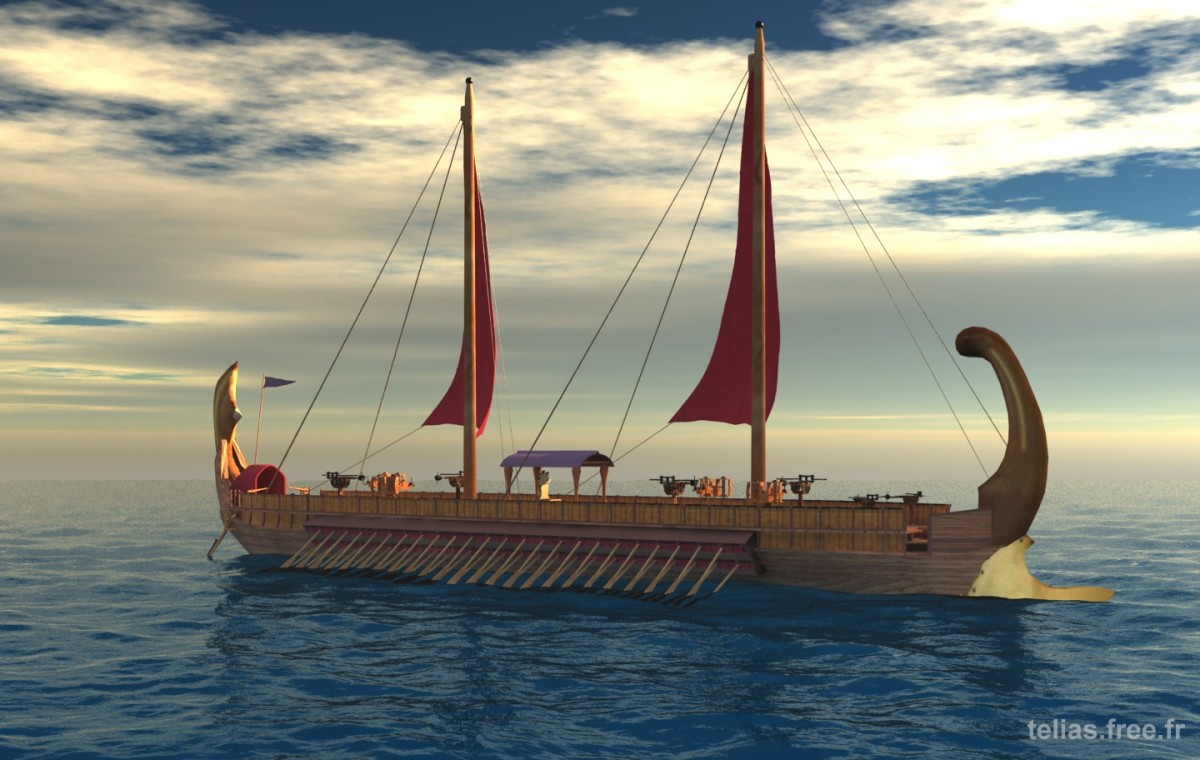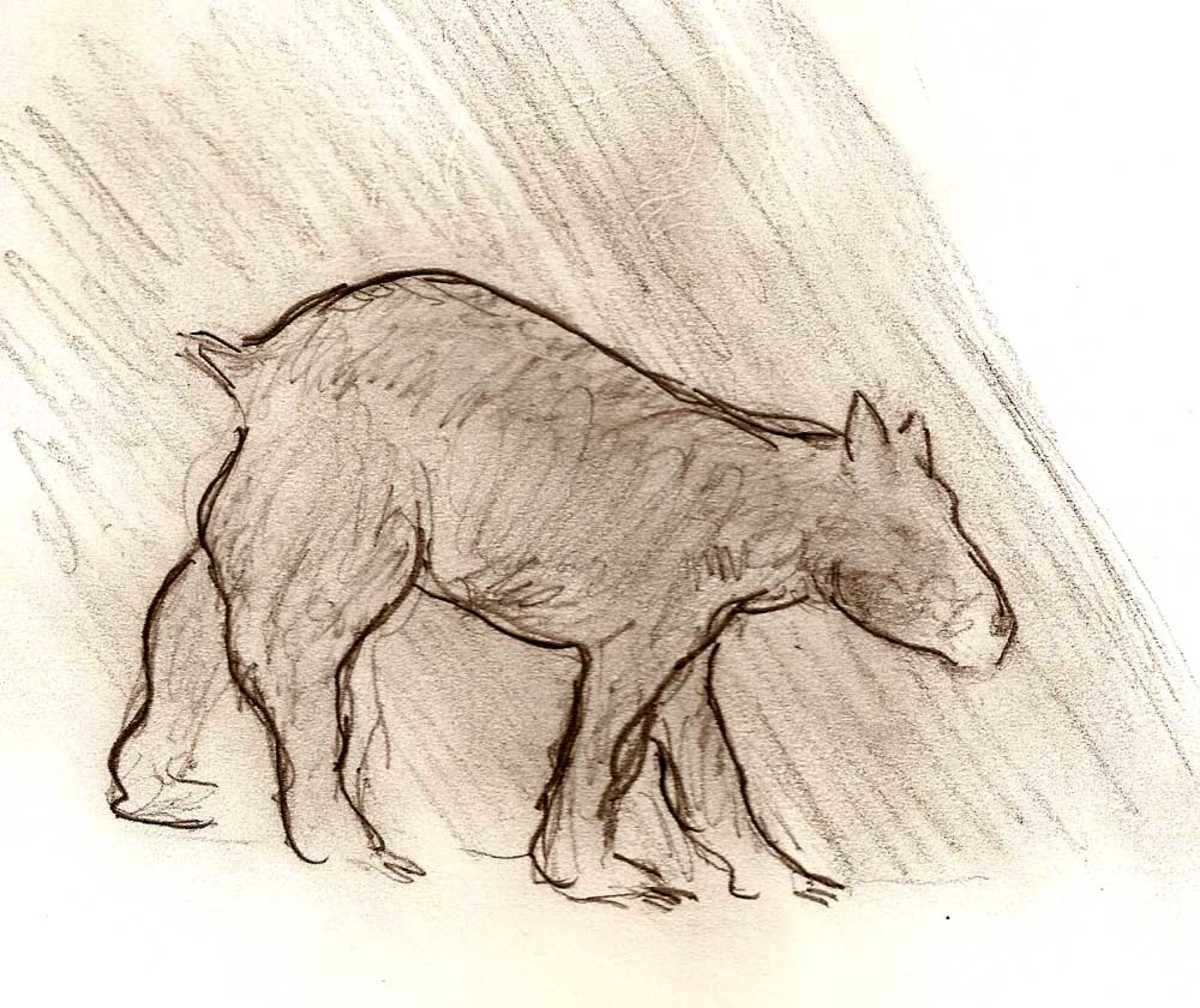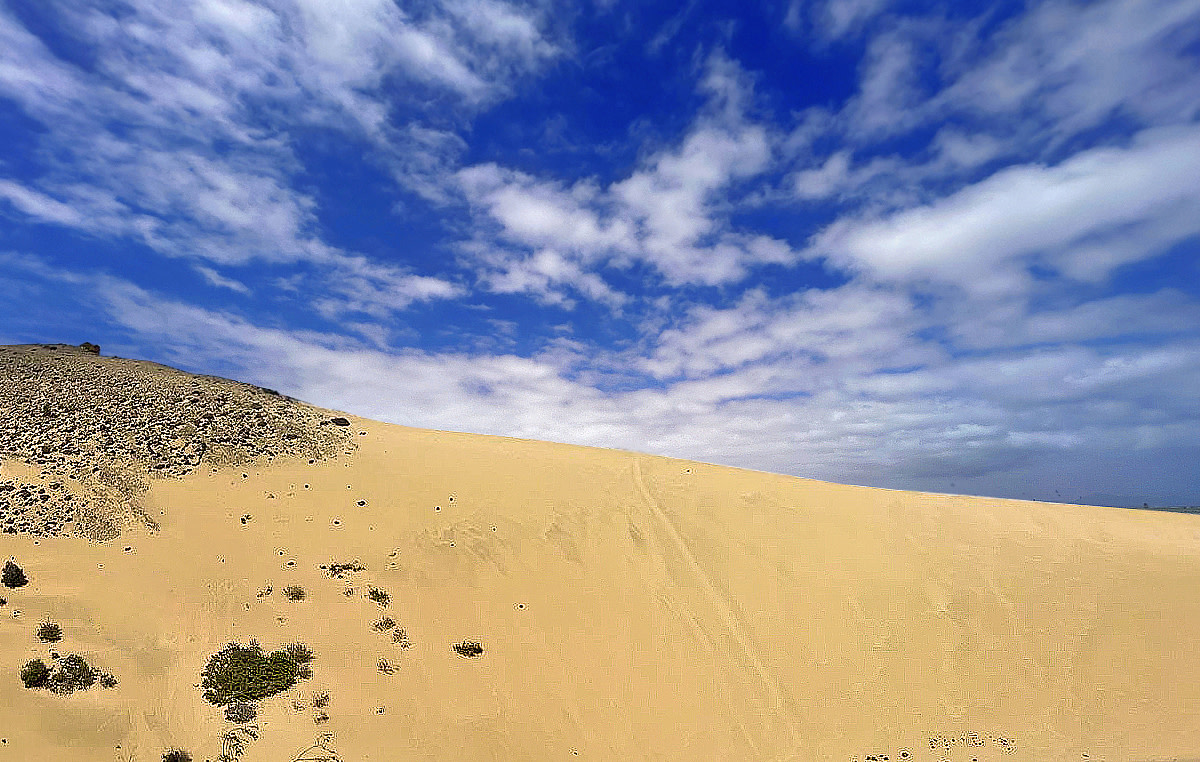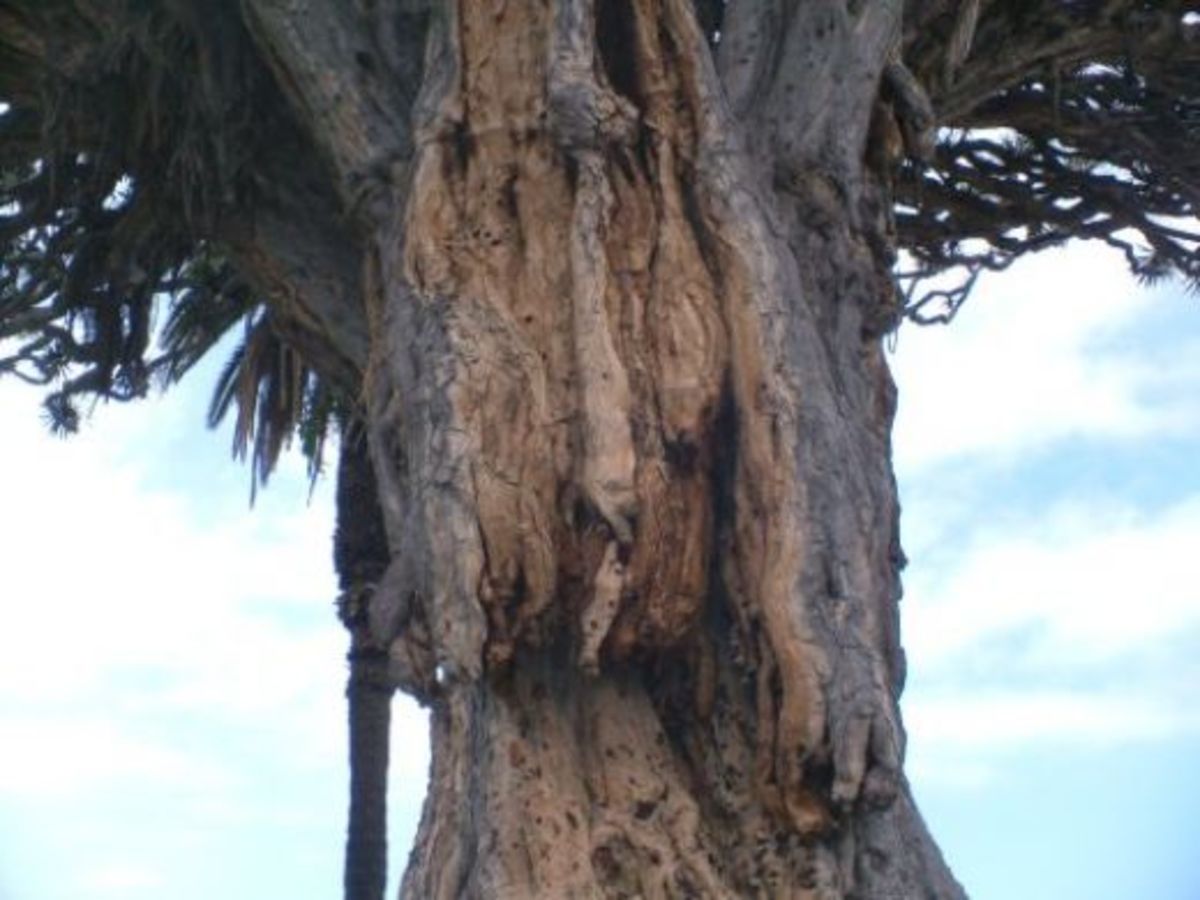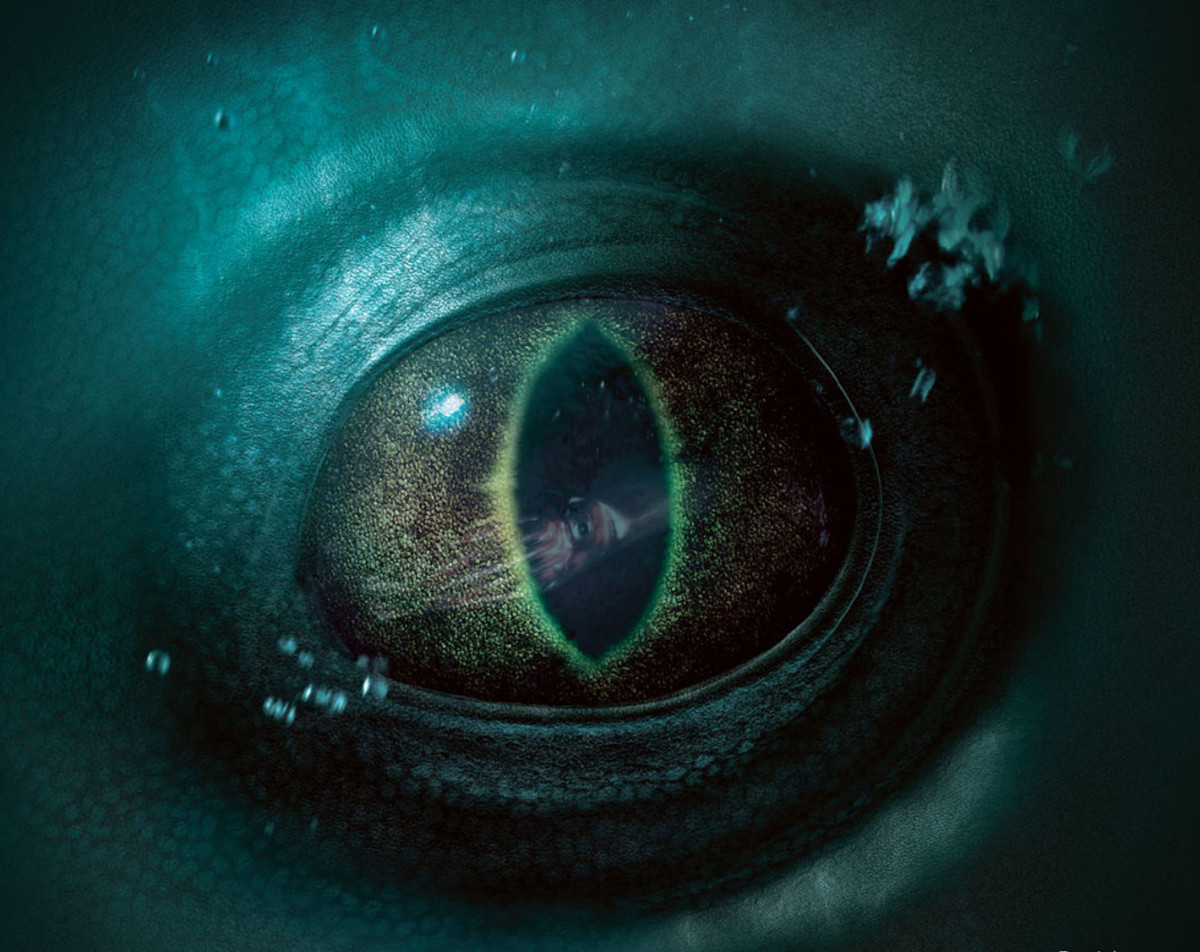Strange creatures call from the sea in the Canary Islands
Sea creatures and plants
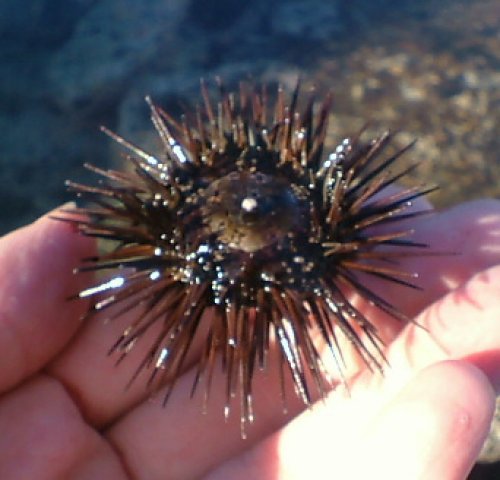
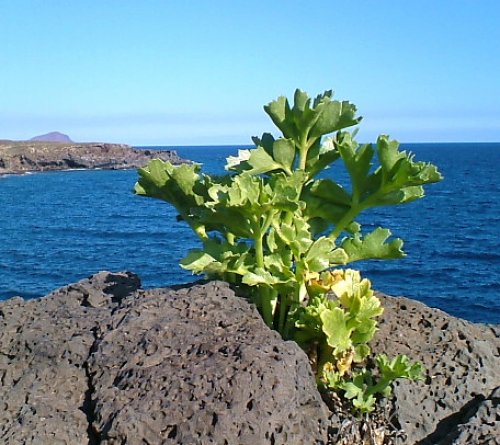
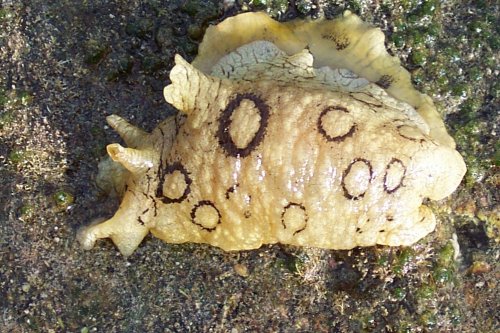
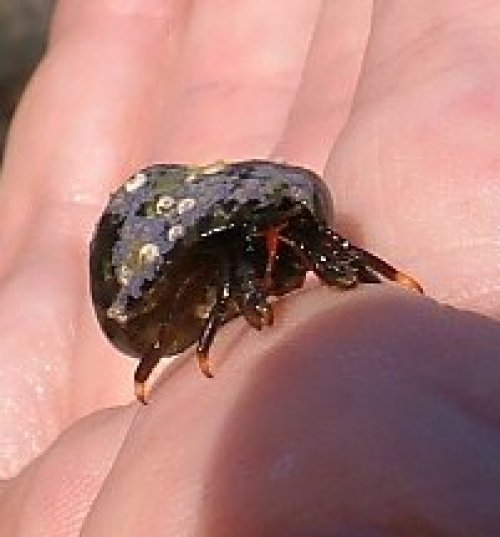
The call of the sea
There's definitely something about the sea that calls us to it and for me it's not just the sandy beaches that are inviting because the rocky shores and the weird and wonderful marine life you can discover in the rock pools fascinate me. There's a small cove near where I live in Costa del Silencio in Tenerife in the Canary Islands that I go to a lot and it always has something new for me to see.
One very large pool gets people swimming in it at times but I prefer to feed the fish that live there so I take a little bag of stale bread with me and I scatter it on the water. There is always a large shoal of young Grey Mullet and they flash their silvery sides as they rush to grab a mouthful and make the water seemingly boil.
Little fish called Blennies
Blennies are slower in their approach and there are more here than I have ever seen in the UK. Some of the types you find in Britain also live in crevices in the rocks and are left out of water when the tide goes down.
Blennies are the nearest thing you have to Mudskippers, those strange little fish that are found in tropical mangrove swamps. Just like them some types of blenny are able to live in an amphibious way just as long as they can keep wet, although I don't know if any Tenerife blennies can do this.
Damselfish
This particular pool that I like has had a Canary Damselfish too, which I am sure was a male in his best courting colours of an exotic blue. I had been hoping to get a picture but each time I had my camera the water was too rippled by the wind or it was a calm day and I had forgotten it.
I used to see damselfish in marine tropical fish tanks back over in Britain but here you can see them in their natural environment. Puffer fish with their inflatable bodies and googly eyes live here as well but I have yet to spot one of these strange little fish.
Sea Urchins
Black spiny sea urchins are easily found, and sometimes there are lots of them clambering about over the algae-covered rocks. These strange creatures are related to starfish and they have tiny tube feet to help move them about.
Sea urchins have no brain but only a primitive nervous system. Having said that they certainly do well enough without and one species is said to live up to 200 years.
On one occasion I got chatting to a man there who was interested in seeing all the fish coming to be fed. I gave him some spare crumbs so he could feed them too.
He told me his doctor had told him that exposing his feet to the seawater would do them good. I told him that whilst this might well be the case to be careful where he was stepping just in case he put his foot on a sea urchin.
There are often hermit crabs moving about on the bottom of the pool too although at first they look like winkles or other types of seashell. These amazing little crustaceans live inside empty shells that they can retreat up into for protection.
Sea Hares
Another fascinating marine creature I have found in this rock pool is the Speckled Sea Hare, which is a type of sea slug or nudibranch, and which gets its name because of two projections on its head like the ears of the mammal it is named after.
Sea Hares have pale creamy skins marked with contrasting dark brown rings and if you pick one up it will squirt red-purple ink into the water. This is thought to act as a defence by making the water hard to see through as well as surprising a would-be predator and squid and cuttlefish use the same method.
The Sea Hare grazes on algae that grow on the rocks. One very conspicuous type is the green and flimsy looking Sea Lettuce and this type of seaweed is edible by people too if washed and cooked.
Another plant, which is compared with this salad vegetable is the Canary Samphire, which in Spanish is known as Lechuga de Mar (Lettuce of the Sea), although it isn't a type of seaweed but a member of the parsley family. It grows in the rocks and cliffs around the beach and is tough enough to stand the salty spray and the wind.
Something else I have been excited to sea on the cliffs and seafront is the amazing Hummingbird Hawk Moth, which hovers like the bird it is named after as it feeds and flies in bright sunlight. It's a moth that couldn't decide if it wanted to be a bird or a butterfly!
Footnote: Originally published in the Tenerife Sun

